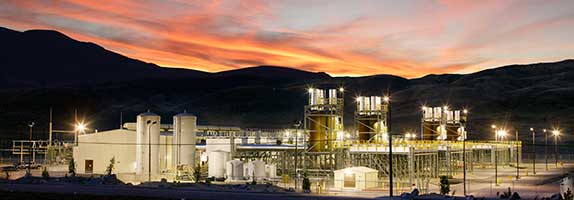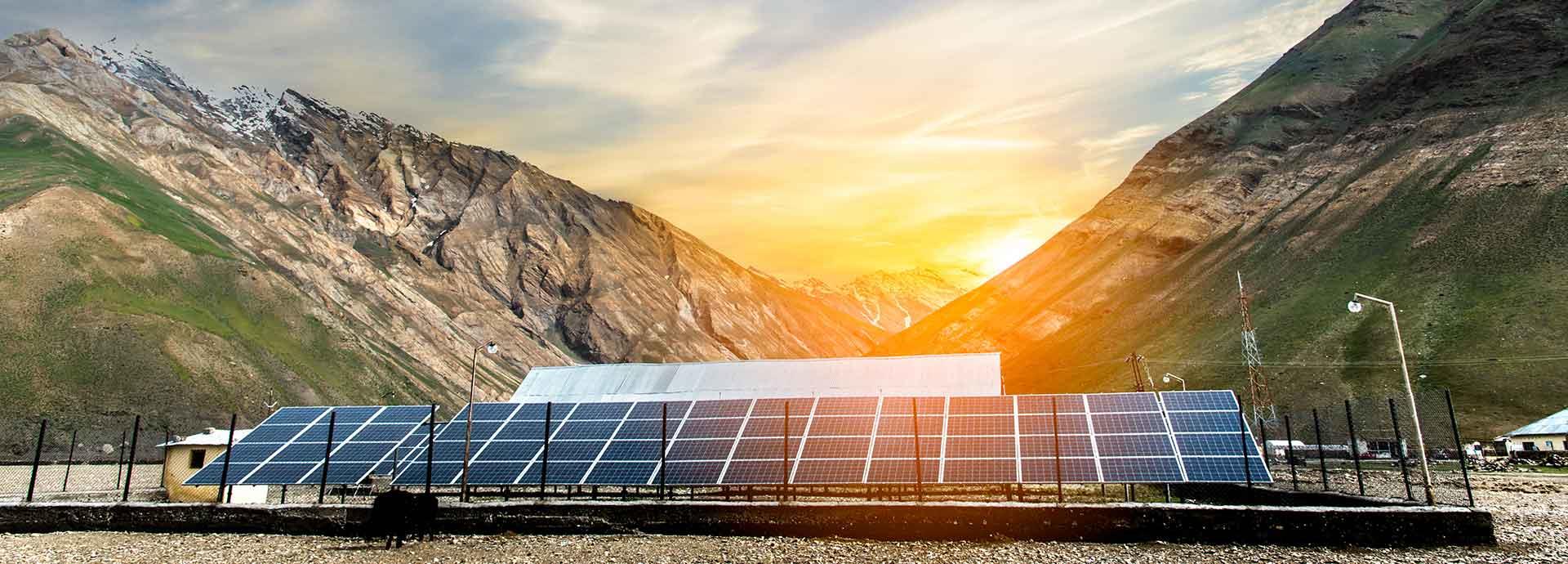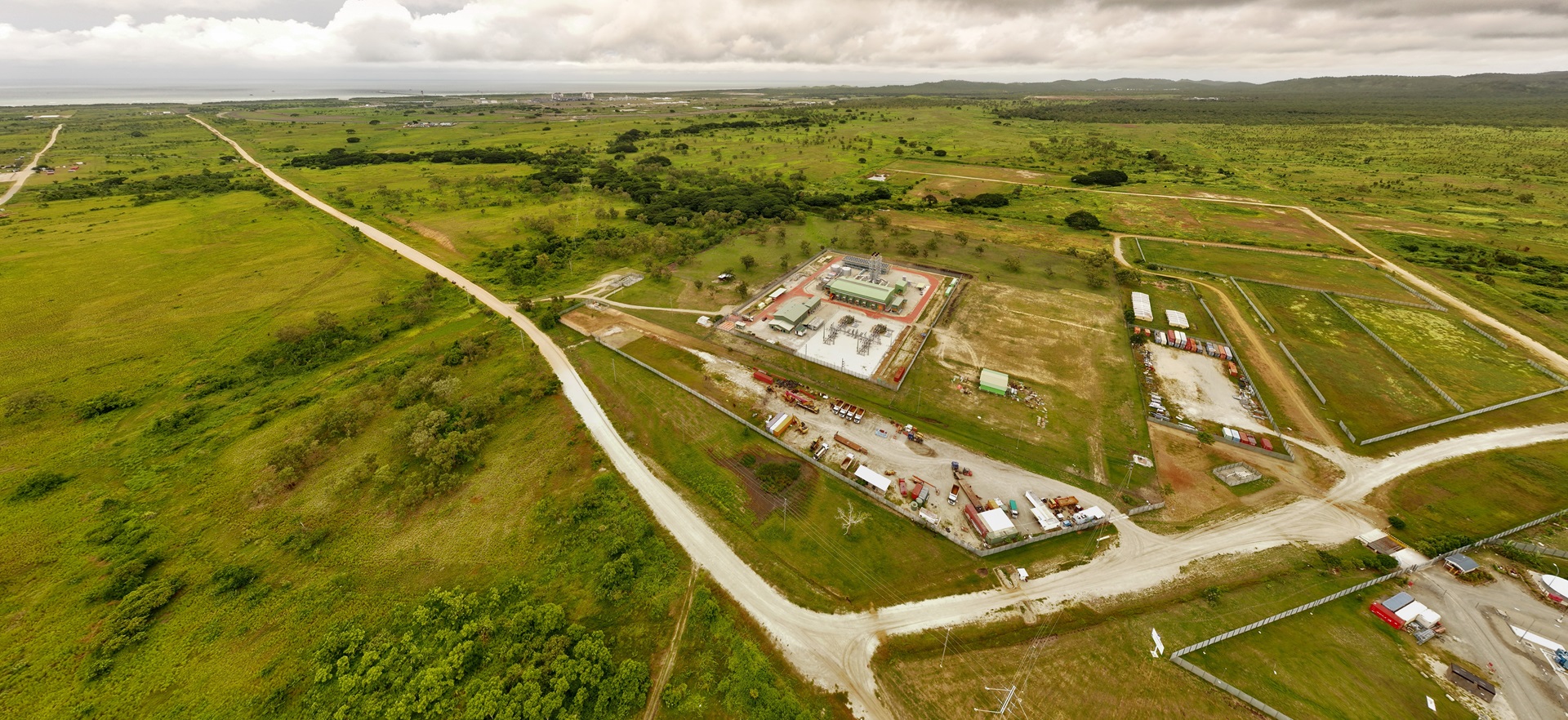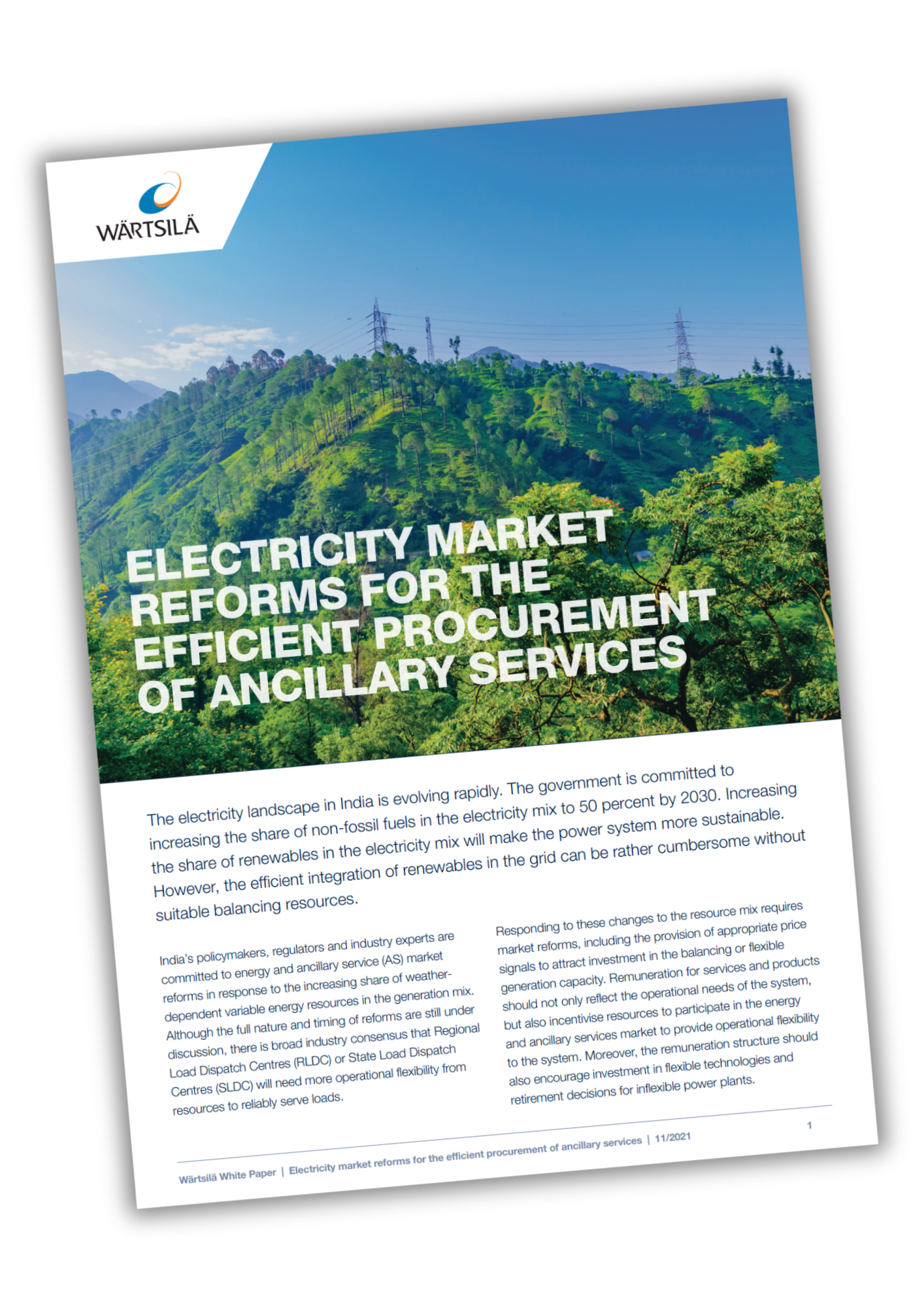

About Marine

Wärtsilä power plants are the ideal solution for decentralized power production and an attractive alternative to the conventional model of centralized power plants.
Wärtsilä’s solutions are available for large plants of 500 + MW capacity. Our gas based power plants are highly flexible and offer the following benefits:
Our power plants can be used for base-load applications or for peak-load needs or to complement wind energy. Our engines can handle liquid fuels such as HFO/LSHS, LFO, LBF or natural gas. Versatile dual-fuel engines can switch between liquid fuel and gas, on line. The CCHP solutions have a very low CO2 footprint, and merit status of ‘deemed renewable energy’.
We provide complete EPC solutions and lifecycle O&M support.
Wärtsilä, with its presence in India since the early 1980s, has delivered about 430 power plants with a total capacity of over 4 GW in the country. With Wärtsilä’s power system expertise and market-leading technologies, we help our customers and the power sector to accelerate their journey towards decarbonisation and net zero. Wärtsilä takes care of the operations and maintenance of the power plants on behalf of its customers in 24 locations across the country.
For India to take a rightful place in the group of developed nations, electrical energy availability to each section of the population in stable and adequate quantity is a must. Energy demand fluctuates during the course of 24 hours in a day, during passage of different seasons and also sees substantial unpredictability over the years based on climatic condition, political and social expressions and many other factors specific to that year. Introduction of renewable power feed such as wind & solar etc. though extremely desirable from environment & sustainability point of view, adds more unpredictability to the supply-demand situation in the grid.
Wärtsilä Energy is at the forefront of the transition towards a 100% renewable energy future. We help our customers and the power sector to accelerate their decarbonisation journeys through our market-leading technologies and power system expertise. Our solutions include flexible engine power plants, energy storage and optimisation technology, and services for the whole lifecycle of our installations. Our engines are future-proof and can run on sustainable fuels.
Our track record comprises 79 GW of power plant capacity, of which 18 GW are under service agreements, and over 125 energy storage systems, in 180 countries around the world.


The electricity landscape in India is evolving rapidly. The government is committed to increasing the share of non-fossil fuels in the electricity mix to 50 percent by 2030. Increasing the share of renewables in the electricity mix will make the power system more sustainable. However, the efficient integration of renewables in the grid can be rather cumbersome without suitable balancing resources.

Wärtsilä, in collaboration with the Lappeenranta-Lahti University of Technology (LUT), has carried out a modelling study to explore the feasibility of a net-zero power system across India by 2050. The findings of the study show that India can undertake a cost-optimal shift to 100% renewable energy (RES) and avoid locking in a highly polluting, more expensive and less effective transition.
Managing India's power system is becoming increasingly complex as it's resource mix evolves to include more weather dependent, decentralised, and variable renewable energy sources. In order to deal with such complexity, the system operator will need more flexibility to serve load while maintaining grid reliability.
Considering the changing system needs, Wartsila commissioned KPMG to carry out an Ancillary Services Market Study to understand the market structure in India. How can we provide appropriate price signals to reflect both operational and resource requirements while encouraging efficient investment and retirement decisions?
.jpg?sfvrsn=38ae8544_12)
The technology group Wärtsilä and Lappeenranta-Lahti University of Technology (LUT) in Finland recently carried out a first-of-its-kind power system study exploring a carbon neutral power system across India by 2050.
India is currently faced with an energy trajectory that includes multiple imperatives: sustainability, energy access across the country and energy self-sufficiency, while most importantly driving and sustaining rapid economic growth. This joint study by LUT University and Wärtsilä highlights the importance of a cost optimal and carbon-neutral power system in India by 2050. The study analyses the development of the power system in a Best Policy Scenario, in which greenhouse gas (GHG) emissions reach zero across the power sector by 2050 with comprehensive adoption of sustainable energy and flexible technologies.
Commenting on the study, Mr. Pieter Hokkeling, Director, Growth & Development, Middle East and Asia, Wärtsilä Energy said, “Wärtsilä’s team of power system modelling experts have systematically invested in building world class knowhow on modeling and analysing the long term environmental and economic impacts of the energy transition, and the need for flexibility in power systems with high shares of renewables across the world. This study focuses on understanding the value of flexibility in power systems beyond the limited scope of pumped storage hydro plants by integrating ICE (Internal Combustion Engines) and storage technologies (batteries and synthetic gas) in achieving a 100% renewable powered system. The study highlights that India stands to gain economically and environmentally by completely shifting towards a renewable powered electricity mix, with flexible technologies providing system reliability”.
Professor of Solar Economy, LUT University, Dr. Christian Breyer on collaboration with Wärtsilä said, “We feel proud to partner with Wärtsilä and contribute our expertise to this strategic modelling exercise. The research determined an economically viable pathway to a carbon neutral Indian power system by 2050, with electricity as the major energy carrier. The findings of the study have clearly resonated with Wärtsilä’s vision of 100% renewable energy future. By combining our work with that of Wärtsilä, this research has turned out to be an eye-opener.”
The study’s key findings include:
The study highlights urgent and continuous need for additional investments in renewable capacities and flexible technologies such as storage and ICE - for maintaining system reliability. Moreover, the study also underscores the importance of strengthening regional and interstate grids, mainly to reduce renewable curtailment and improve exchange of power across the country . Having said that, lots needs to be done on the ground to achieve carbon-neutral power system by 2050, including streamlining policy and regulatory framework at the national and state level and setting-up a balancing market for procurement of right kind of ancillary services during the time of need by the system operator.
Wärtsilä Energy in brief
Wärtsilä Energy leads the transition towards a 100% renewable energy future. We help our customers unlock the value of the energy transition by optimising their energy systems and future-proofing their assets. Our offering comprises flexible
power plants, energy management systems, and storage, as well as lifecycle services that ensure increased efficiency and guaranteed performance. Wärtsilä has delivered 72 GW of power plant capacity in 180 countries around the world.
www.wartsila.com/energy
Wärtsilä in brief
Wärtsilä is a global leader in smart technologies and complete lifecycle solutions for the marine and energy markets. By emphasising sustainable innovation, total efficiency and data analytics,
Wärtsilä maximizes the environmental and economic performance of the vessels and power plants of its customers. In 2020, Wärtsilä's net sales totaled EUR 4.6 billion with approximately 18,000 employees. The company has operations
in over 200 locations in more than 70 countries around the world. Wärtsilä is listed on Nasdaq Helsinki.
www.wartsila.com
LUT University
LUT University (Lappeenranta-Lahti University of Technology) was established in Finland in 1969 and has served as a forerunner – combining technology and business. Its international community is comprised of 6,500 students and experts engaged in scientific research and academic
education.
www.lut.fi
Please fill in the form, we aim to respond within 1-2 business days depending on the enquiry. For an existing installation, provide all necessary details to identify the installation and the equipment. Fields indicated with an asterisk (*) are required.